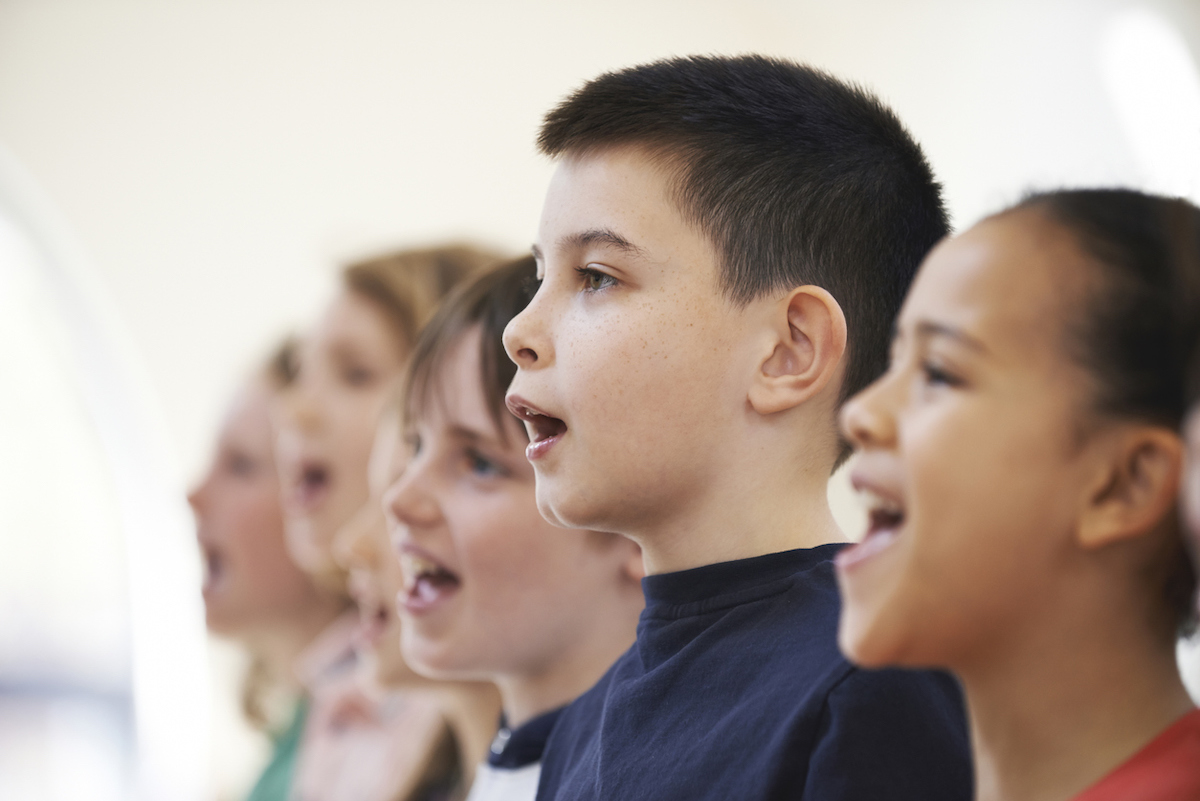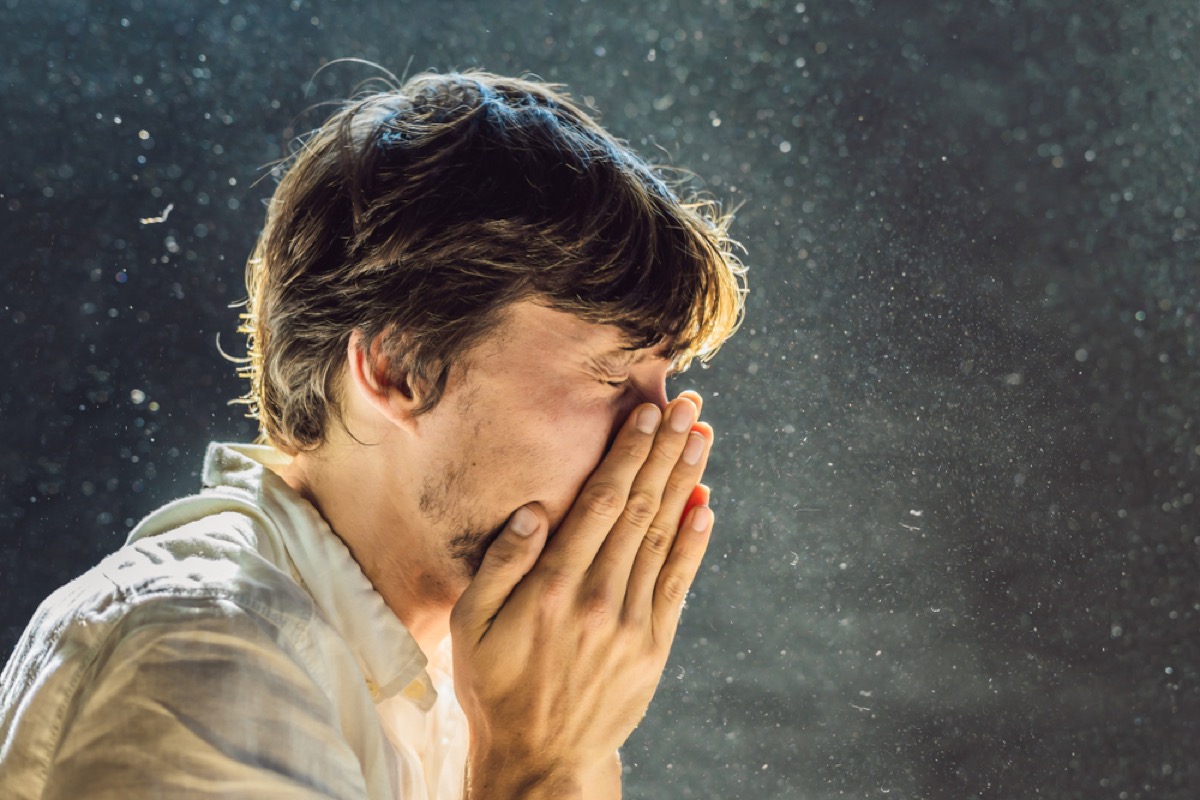Fauci warned that you need to be vigilant about talking too closely to people without a mask on, even if you don’t believe that either one of you is infected. “If you are speaking, even if you don’t speak loudly, you have these particles that come out, which can stay in the air for a period of time,” he explained. “Some of them fall to the ground—which is why we say keep six feet of distance—but some of them are aerosolized and can hang around the air for a period of time.” That’s why, Fauci’s advice was unequivocal: “For that reason it’s so important to wear face coverings. Particularly when you think you’re in a situation where nobody’s sneezing or coughing. Doesn’t matter.” And if you want to know when to wear your PPE, check out The CDC Now Says You Should Wear Your Mask in These 7 Places. Fauci said that people also forget about “singing, which is even worse than speaking.“ae0fcc31ae342fd3a1346ebb1f342fcb An early study published in the Centers for Disease Control and Prevention’s journal Morbidity and Mortality Weekly Report (MMWR) found that a 2.5-hour choir practice with 61 attendees, including one person with COVID, led to 32 confirmed and 20 probable secondary cases. “Transmission was likely facilitated by close proximity (within 6 feet) during practice and augmented by the act of singing,” they concluded, putting us all on high alert about belting out a tune. And for more guidance on how the virus is transmitted, check out The CDC Now Says You Can Catch COVID From Someone in Exactly This Long. “One of the reasons it’s so important to wear a face covering is that we know now that about 40 to 45 percent of the people who are infected don’t have any symptoms,” Fauci explained. “And yet they have virus in their nasal pharynx. And we know that a substantial portion of infections are transmitted from someone who doesn’t have any symptoms.” And for more up-to-date information, sign up for our daily newsletter. As early as April, medical literature was warning that the virus could be transmitted by breathing in an infected person’s aerosols (particles or liquid droplets suspended in the air). “Evolving laboratory research shows that COVID-19 remains viable in aerosols for up to 3 hours postaerosolization, thus making aerosol transmission plausible,” wrote Cassandra D. Benge, PharmD, in Federal Practitioner journal. And for more on this realization, check out The CDC Has Finally Acknowledged That COVID Spreads Through the Air.



